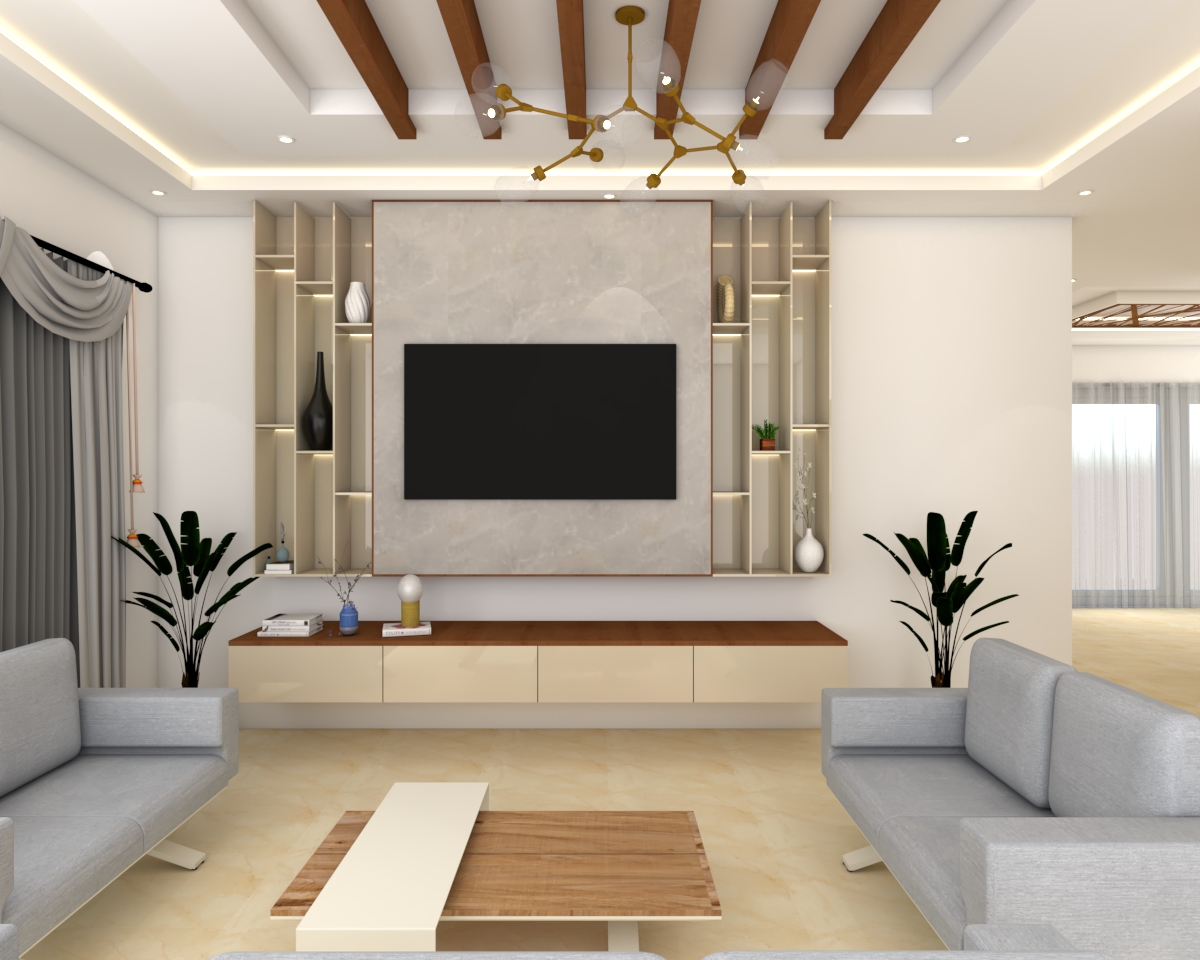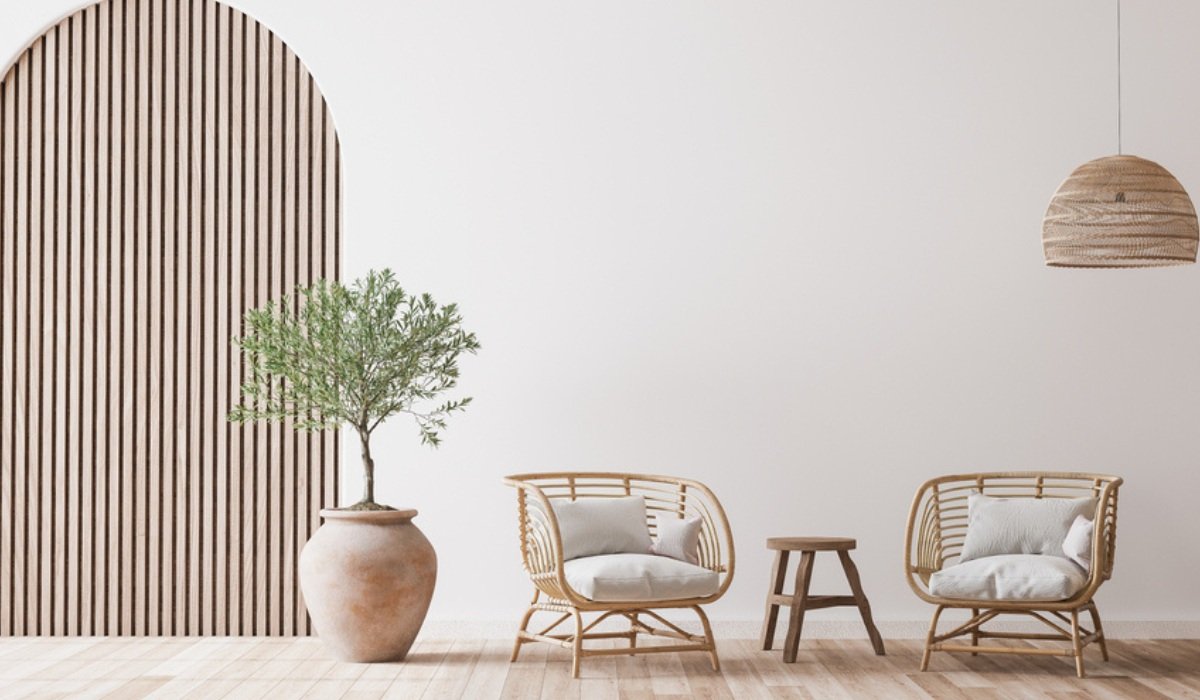Discover the Art of Dealing With an Interior Designer Miami
Discover the Art of Dealing With an Interior Designer Miami
Blog Article
Why Understanding the Concepts of Interior Decoration Is Vital for Effective Room Planning
Recognizing the principles of indoor design is basic to efficient area preparation, as it lays the groundwork for creating environments that integrate performance with visual appeal. Vital aspects such as proportion, balance, and circulation are not merely ornamental factors to consider; they are important in enhancing just how a space is used. When these concepts are attentively applied, the result is an environment that urges both productivity and well-being. Yet, lots of neglect just how these principles intertwine with useful applications, causing missed out on possibilities in layout efficacy. Discovering this link discloses understandings that could transform any type of room.
Value of Area Planning
Space preparation is an essential element of interior decoration that dramatically affects the performance and looks of a space. It involves the strategic setup of furniture, components, and building elements to optimize making use of offered space while boosting the total customer experience. Efficient space preparation addresses various variables, consisting of flow, access, and the certain needs of the owners.
One of the main benefits of space preparation is its capacity to improve spatial effectiveness. Interior architecture Miami. By thoughtfully arranging a layout, developers can ensure that every location serves a function, reducing mess and advertising a feeling of order. Furthermore, correct area preparation fosters a harmonious setting, enabling for smooth movement and interaction within a room
Furthermore, successful room planning considers all-natural light, sightlines, and the relationship between various locations. This holistic technique not just elevates the aesthetic allure but likewise adds to the well-being and efficiency of the passengers. Inevitably, a well-executed space plan contributes in creating a balanced and welcoming atmosphere, making it vital for any kind of interior decoration project.
Secret Principles of Interior Decoration

One fundamental principle is equilibrium, which can be symmetrical, asymmetrical, or radial. Balanced equilibrium develops a sense of order, while unbalanced equilibrium supplies a more dynamic aesthetic allure. Another important concept is percentage and scale, ensuring that the size of furnishings and decoration components connect harmoniously to each various other and the general room.
Shade concept also plays a considerable duty, affecting mood and perception. Designers use color combinations to stimulate certain sensations and boost the spatial experience. In addition, the concept of rhythm involves creating a sense of movement through repetition of patterns, shapes, or shades, leading the eye throughout the room.
Last but not least, the concept of emphasis guides interest to focal points, permitting a clear narrative within the design. Luxury Interior designer Miami. By adhering to these essential principles, indoor developers can produce atmospheres that not only meet useful demands however likewise resonate with the occupants on a psychological degree
Effect on Functionality and Flow

The setup of furnishings, the option of materials, and the integration of technology all play critical roles in attaining optimum performance. For example, placing seating locations in distance to work areas can facilitate interaction and partnership, thus boosting performance. Additionally, making certain that paths are unhampered and clear permits effective activity, minimizing congestion and advertising a natural circulation throughout the space.
In addition, incorporating components such as lighting and shade can even more assist in defining locations, making it simpler for people to navigate their setting. Thoughtful space planning takes into consideration not only the physical facets of design yet also exactly how users engage with their environments. Ultimately, a concentrate on functionality and flow not just improves the individual experience yet also boosts the overall efficiency of the room, creating an atmosphere that fulfills the needs of its passengers while cultivating a sense of harmony and equilibrium.
Enhancing Looks and State Of Mind
Three essential aspects-- lights, color, and appearance-- play crucial functions in improving the appearances great site and state of mind of an interior space. Color establishes the emotional tone; warm hues like oranges and reds evoke energy and warmth, while cooler shades such as blues and eco-friendlies advertise peace and harmony. Selecting an unified color combination can transform a space, creating a cohesive and visually appealing setting.
Appearance includes depth and rate of interest, contributing to the tactile experience within a room. A mix of textures-- smooth surface areas, deluxe textiles, and all-natural materials-- can create aesthetic intrigue and boost convenience. For circumstances, matching a soft velvet sofa with a streamlined glass coffee table can produce a balanced aesthetic that welcomes communication.
Lighting, usually an ignored element, significantly effects mood. All-natural light fosters an open, airy ambience, while tactically placed man-made lighting can create heat and highlight architectural features. Dimmer buttons enable adaptability, enabling adjustments to suit numerous activities or times of day.
Incorporating these three aspects attentively not only raises the visual charm of a room however additionally cultivates an environment that reverberates with its intended function, eventually improving the overall experience for its passengers.
Practical Applications in The Real World
Applying interior decoration concepts in the real world needs a thoughtful strategy that integrates color, structure, and lights right into everyday areas. By recognizing just how these elements collaborate, people can develop settings that are not only visually appealing however unified and also functional.
For example, in a little living location, using a light shade scheme can make the room really feel larger and more open. Strategic use of mirrors can enhance natural light and produce an illusion of deepness. Incorporating various structures through fabrics, such as carpets and paddings, can add heat and rate of interest without frustrating the detects.
Lights plays a critical duty in specifying the ambience. Split illumination, consisting of ambient, task, and accent options, allows flexibility in mood setups. In an office, for instance, a mix of all-natural light, workdesk lamps, and decorative fixtures can enhance performance while preserving an inviting ambiance.
Moreover, understanding spatial relationships and furnishings plan can bring about improved functionality. By sticking to concepts such as balance and proportion, one can ensure that rooms serve their intended objective while continuing to be visually pleasing. Overall, sensible applications of interior decoration principles considerably boost the livability and charm like it of any setting.
Final Thought
In conclusion, recognizing the principles of interior decoration is essential for effective area preparation, as it cultivates a balance in between performance and looks. By applying vital concepts such as percentage, color concept, and flow, developers can create atmospheres that enhance both functionality and visual charm. Ultimately, this understanding adds to the advancement of rooms that not only satisfy practical requirements yet likewise boost the overall environment, leading to more delightful and efficient experiences for individuals.
Understanding the principles of interior layout is essential to reliable space planning, as it lays the foundation for developing environments that harmonize performance with visual charm.Space preparation is a fundamental aspect of interior layout that considerably influences the performance and visual appeals of an area. Additionally, appropriate room preparation fosters a harmonious environment, enabling for seamless motion and communication within a room.
In addition, the principle of rhythm involves creating a sense of movement with repeating of shades, patterns, or forms, assisting the eye throughout the room.
In verdict, understanding the principles of interior style is critical for effective space preparation, as it Website cultivates an equilibrium in between functionality and aesthetic appeals.
Report this page